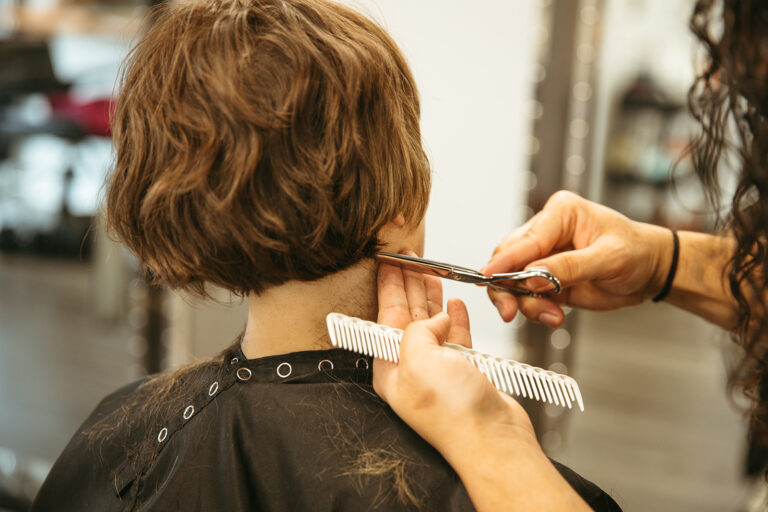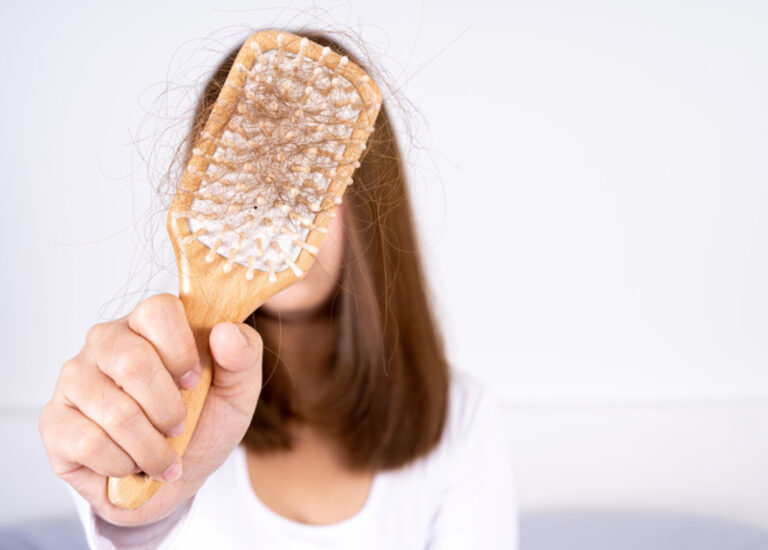Revitalize Your Hair: Deep Conditioning Guide
Are you grappling with dry, damaged, or lackluster hair? Deep conditioning treatments could be your hair’s new best friend. In this guide, we’ll explore how to assess if your hair needs deep conditioning and share best practices to ensure you reap the maximum benefits.
Signs Your Hair Needs Deep Conditioning:
1. Dryness and Frizz:
-Evaluate the texture of your hair. If it feels dry, frizzy, or lacks moisture, it’s a sign that deep conditioning could be beneficial.
2. Excessive Breakage:
– If you’re experiencing more breakage than usual, especially during combing or styling, your hair may need strengthening through deep conditioning.
3. Dull Appearance:
– Lackluster, dull hair might be craving the nourishment and shine that deep conditioning treatments can provide.
4. Chemically Treated or Colored Hair:
– If you’ve recently undergone chemical treatments or coloring, your hair is likely to benefit from the added moisture and repair that deep conditioning offers.
Assessing Your Hair Type:
1. Fine or Oily Hair:
– Opt for lighter deep conditioning formulations to avoid weighing down your hair.
2. High Porosity Hair:
– High porosity hair benefits from regular deep conditioning to help retain moisture and prevent breakage.
3. Protein Sensitivity:
– If you’re sensitive to protein, choose products with minimal or no protein to prevent stiffness or brittleness.
4. Consult with a Professional
– Let your stylist know of any challenges your are experiencing, so they can determine if a conditioning treatment is needed. They may also prescribe in salon treatments or products that can be used at home.
Best Practices for Optimal Benefits:
1. Follow Product Instructions:
– Adhere to the instructions on the product for application, timing, and rinsing to ensure you get the best results.
2. Avoid Overuse:
– Use deep conditioning treatments according to your hair’s needs to prevent product buildup and weighed-down hair.
3. Proper Distribution:
– Ensure even distribution of the conditioner, focusing on the mid-lengths and ends. Avoid applying directly to the scalp unless the product is designed for it.
4. Rinse Thoroughly:
– Rinse the conditioner thoroughly to prevent residue buildup, which can make your hair feel heavy.
5. Choose Products Wisely:
– Select deep conditioning products with ingredients suitable for your hair type and concerns.
6. Perform Patch Tests:
– If you have known allergies, perform patch tests to avoid adverse reactions.
Deep conditioning is a powerful tool in your hair care arsenal, offering benefits for various hair types and concerns. By understanding the signs your hair gives you and following these best practices, you can unlock the secrets to healthier, more beautiful locks. Say goodbye to dullness and hello to radiant, revitalized hair!



